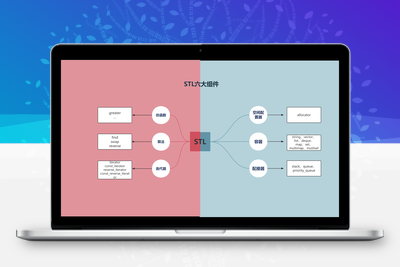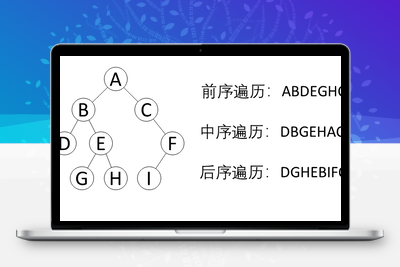设计一个线程池涉及到多个方面,包括线程的创建与销毁、任务的提交与执行、线程间的通信等。
线程池的结构:创建一个线程池类,其中包含一个任务队列和一定数量的工作线程。
任务类:创建一个任务类,用于表示需要在线程池中执行的具体任务。任务类中应包含任务的执行逻辑。
任务队列:使用一个线程安全的队列来存储待执行的任务。当有新的任务提交时,将任务加入任务队列。
线程管理:创建一定数量的工作线程,这些线程会循环地从任务队列中取任务并执行。线程执行完一个任务后,继续尝试获取并执行下一个任务。
线程同步:使用互斥锁等机制来保护任务队列,防止多个线程同时访问导致数据竞争。
任务执行:工作线程从任务队列中获取任务,执行任务的执行逻辑。执行完任务后,线程可以等待新任务或者被销毁,具体取决于线程池的设计。
线程池的生命周期管理:提供线程池的初始化、销毁等方法,确保线程池的正常运行和释放占用的资源。

给个例子:
#include <iostream>
#include <vector>
#include <queue>
#include <thread>
#include <mutex>
#include <condition_variable>
#include <functional>
class ThreadPool {
public:
ThreadPool(size_t numThreads) : stop(false) {
for (size_t i = 0; i < numThreads; ++i) {
workers.emplace_back([this] {
while (true) {
std::function<void()> task;
{
std::unique_lock<std::mutex> lock(queueMutex);
condition.wait(lock, [this] { return stop || !tasks.empty(); });
if (stop && tasks.empty()) {
return;
}
task = std::move(tasks.front());
tasks.pop();
}
task();
}
});
}
}
~ThreadPool() {
{
std::unique_lock<std::mutex> lock(queueMutex);
stop = true;
}
condition.notify_all();
for (std::thread &worker : workers) {
worker.join();
}
}
template<class F>
void enqueue(F&& f) {
{
std::unique_lock<std::mutex> lock(queueMutex);
tasks.emplace(std::forward<F>(f));
}
condition.notify_one();
}
private:
std::vector<std::thread> workers;
std::queue<std::function<void()>> tasks;
std::mutex queueMutex;
std::condition_variable condition;
bool stop;
};
int main() {
ThreadPool pool(4);
for (int i = 0; i < 8; ++i) {
pool.enqueue([i] {
std::cout << "Task " << i << " executed by thread " << std::this_thread::get_id() << std::endl;
});
}
// Sleep to allow threads to finish
std::this_thread::sleep_for(std::chrono::seconds(2));
return 0;
}
 微信扫一扫
微信扫一扫 支付宝扫一扫
支付宝扫一扫










